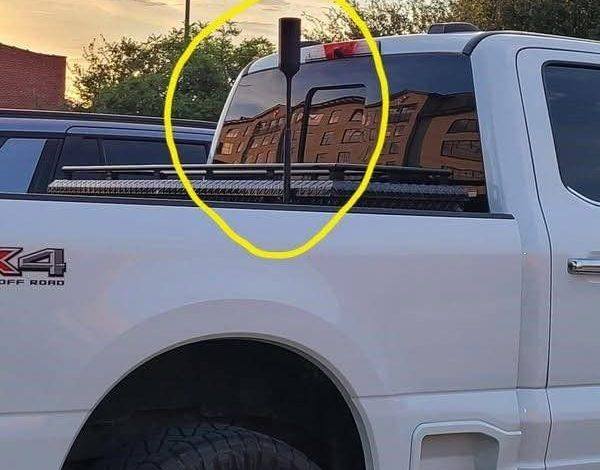Have you ever seen a tall pole on a pickup truck or semi and thought it was a CB antenna? These days, it’s often something newer, like a cell-signal booster that helps drivers in remote areas with bad coverage.
Smartphones have small antennas that work well in cities but not so well on ranch roads, mountain passes, or desert highways. That’s when an outside antenna makes a difference.
The outside antenna picks up weak signals from faraway towers when it is mounted high on a truck or RV. Then it sends them to an amplifier that is in the cab.
The amplifier boosts the weak signal and sends it to a small antenna inside, which sends it back out. Now, phones, hotspots, and tablets can connect in places they couldn’t before.
It’s easy to set up: an outside antenna picks up the signal, an amplifier boosts it, and an inside antenna spreads it around the cab. The result is that calls are clearer, maps load faster, texts are more reliable, and there are fewer dropped connections.
Who gets the most out of it? Anyone who spends time in places with poor coverage. Farmers, ranchers, contractors, delivery drivers, truckers, RV travelers, overlanders, and campers all need boosters for safety and ease of use.
These systems work with LTE and 5G networks and can connect to more than one device at a time. The weBoost Drive Reach and HiBoost Travel 3.0 are two well-known models that cost between $300 and $500.
For a lot of people, the investment pays off. That tall pole isn’t just for show; it’s a bridge between being alone and being connected. It keeps travelers safer, easier to reach, and a little less alone on the open road.
